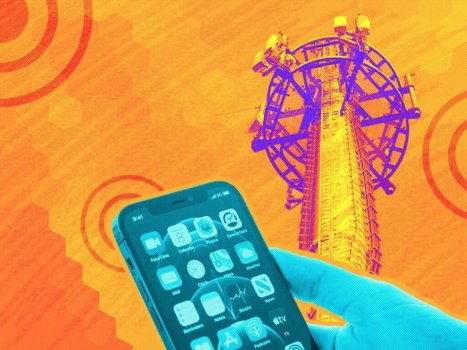K
Kathleen Martin
Guest
As participating in a connected society continues to both evolve and impact our daily lives, the number of devices that are part of the Internet of Things is accelerating at an astonishing rate. Depending on the projection you subscribe to, there could be as many as 3.2 billion devices in play by the end of 2023, a significant increase on the 700 million that are part of the IoT today.
Although there are numerous reasons why the number of connected devices is on the rise, there is very little doubt that the long-awaited integration of 5G communication technology will have an impact on this increase. As 5G not only replaces the existing 4G standard but also becomes the norm, there is a defined need for companies and manufacturers to take this next generation of connectivity into account when designing, testing, and launching their IoT-specific devices and sensors.
We no longer have to imagine a world where chronic health conditions like diabetes are managed 24/7 without blood sugar highs and lows, where car accidents are preventable, or doors are unlocked with a simple face scan. Anyone who has been to the annual festival of next-gen consumer technology known as CES will know that the technology to automatically adjust your home lighting and temperature, or order groceries that you need before you run out, is already here.
However, the shift from science fiction to business-focused fact needs to have an infrastructure that can support the demand and literally billions of connected devices. That is where 5G comes in. When you combine the promise of IoT with the actual capabilities of 5G, then you have a super-powerful technology ecosystem that can transfer vast amounts of data at a very high speed.
Throw in the advancements in IoT communication and sensor miniaturizations, then the data from hundreds (if not thousands) of myriad sensors can be used to collect information and provide actionable insights. This information then, however large, can be communicated and processed by 5G connectivity at exceptionally fast rates.
Continue reading: https://www.iotforall.com/why-the-internet-of-things-needs-5g-connectivity
Although there are numerous reasons why the number of connected devices is on the rise, there is very little doubt that the long-awaited integration of 5G communication technology will have an impact on this increase. As 5G not only replaces the existing 4G standard but also becomes the norm, there is a defined need for companies and manufacturers to take this next generation of connectivity into account when designing, testing, and launching their IoT-specific devices and sensors.
We no longer have to imagine a world where chronic health conditions like diabetes are managed 24/7 without blood sugar highs and lows, where car accidents are preventable, or doors are unlocked with a simple face scan. Anyone who has been to the annual festival of next-gen consumer technology known as CES will know that the technology to automatically adjust your home lighting and temperature, or order groceries that you need before you run out, is already here.
However, the shift from science fiction to business-focused fact needs to have an infrastructure that can support the demand and literally billions of connected devices. That is where 5G comes in. When you combine the promise of IoT with the actual capabilities of 5G, then you have a super-powerful technology ecosystem that can transfer vast amounts of data at a very high speed.
Throw in the advancements in IoT communication and sensor miniaturizations, then the data from hundreds (if not thousands) of myriad sensors can be used to collect information and provide actionable insights. This information then, however large, can be communicated and processed by 5G connectivity at exceptionally fast rates.
Continue reading: https://www.iotforall.com/why-the-internet-of-things-needs-5g-connectivity

